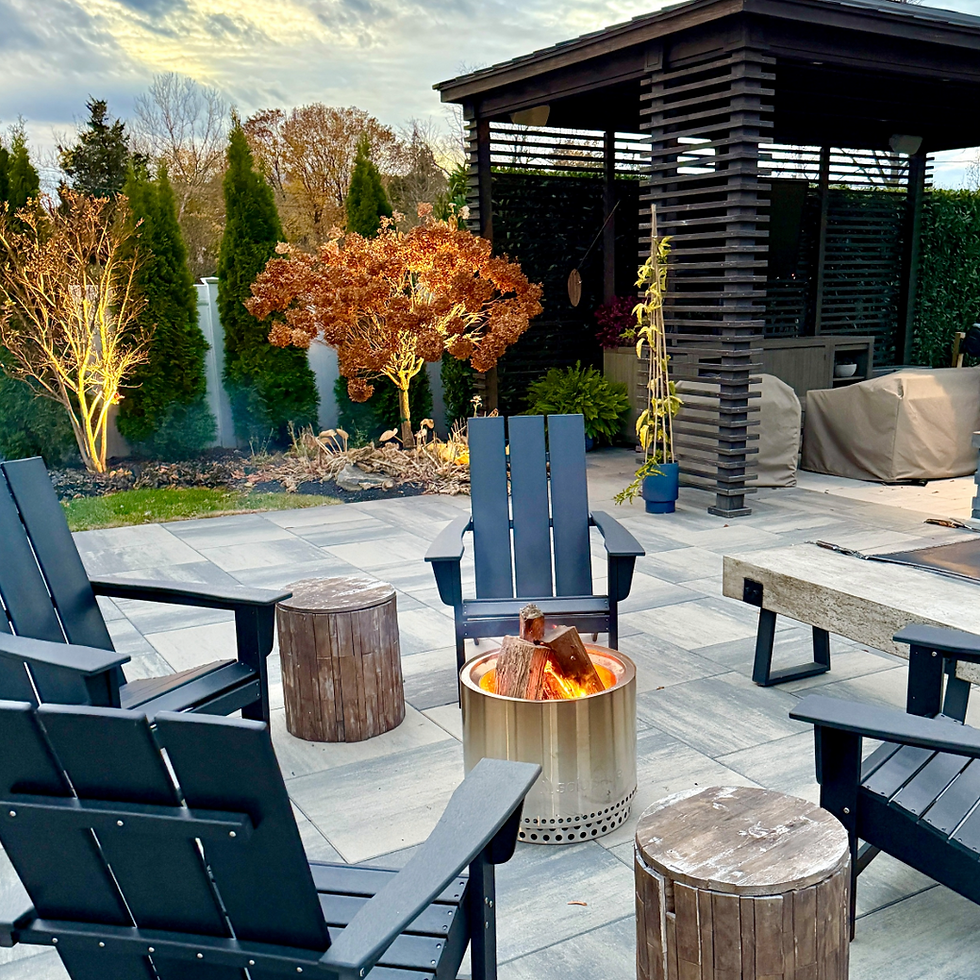Tidbits about Perennials and Annuals
- Rebekah
- Mar 25, 2014
- 2 min read
Updated: Mar 6, 2024
At Riverbend, we are beginning to bring out our annual hanging baskets and flowers. Perennials are coming back to life in our pots as Spring has come. It is so thrilling to see everything coming back to life outside! Over the next few weeks, we will be bringing out table-fulls of brightly colored, beautiful flowers, perfect for your containers and beds. I’ve got a few new plants I am excited to plant in my garden this spring! What about you, what are you thinking of adding? Below, I will share with you some of what I’ve been eyeing!
Perennials are a favorite for many people, as they come back year after year. Although they do not usually flower quite as long as an annual, you can use them in your garden year after year and add annuals in here and there to change up the look. Annuals add that pop of color and their longevity of bloom is outstanding. It is nice to have a bed of both perennials and annuals to have interest and different coordinating colors of things in bloom all through Spring and Summer, sometimes even into the Fall.
A few perennials I am looking at for places in my own garden are Coral Bells (I’d like to add ‘Blue Ridge’), Lamb’s Ear (Stachys ‘Helen von Stein’- so soft and a fun addition to add for the kids), Japanese Painted Fern (Athyrium Nipponicum ‘Pictum’- picture below), and a few more Hostas (‘June’ variety is gorgeous!). Many of these perennials need part shade to shade, which brings up a good question- what does it mean “part shade”? Or “part sun”? How many hours a day is considered “full sun”?

Full Sun means the plant needs at least 6-8 hours of direct sunlight a day.
Part Sun/Part Shade generally means morning sun with afternoon shade. The sun is harshest on plants in the afternoon, while morning sun is gentler. It is good to go by the tag on your plant, but every now and then a plant tag can be misleading for the zone you live in, so it can also be helpful to ask your local nursery what kind of sunlight your plant should need or do a little research online at a reputable site if you are unsure.
Shade usually means some filtered indirect sunlight here and there throughout the day. Planting many varieties of Hostas under a tree is beautiful, and most Hostas like shade, but if the sun hits them here and there, it’s certainly fine and good as long as they are for the most part in the shade.

Although Spring is here, like we’ve seen today, it can still be cold (and today there was a bit of snow!) for awhile longer in Middle Tennessee. Our official frost date (meaning that usually around this date there is no more frost) is April 15th. Last year we had a frost after that date. If we have any more frosts and you have spring annuals planted, you'll need to cover them with a frost cloth, sheet, or old towel to help ensure they survive the cold.



